I get a lot of emails from people who ask me if I can give them any tips regarding pistols. I always send them over to Franz Snideman, who is the twin brother of my friend Keats Snideman. He filmed three great videos on the topic. Check it out!
I actually had an online client once tell me that it was her goal to be able to perform pistols within the next year. After watching these vids she was able to do them within ten minutes. Crazy! You may not respond as quickly as her, but I know one thing…you’ll be doing pistols much quicker if you watch these videos than you would left to your own devices! Thanks Franz! For more of Franz’s videos click here and subscribe to his Youtube channel.


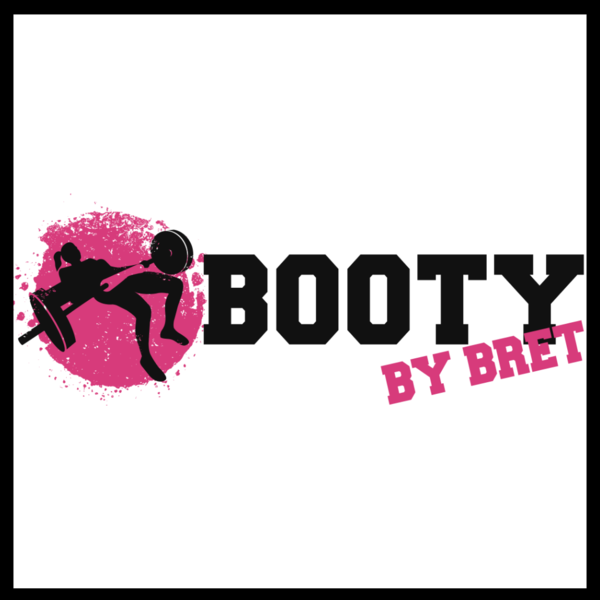
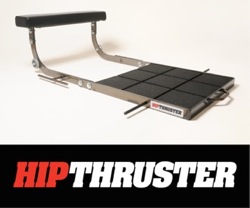
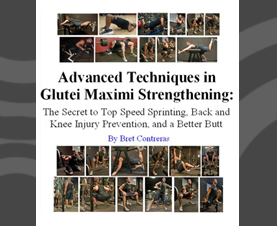
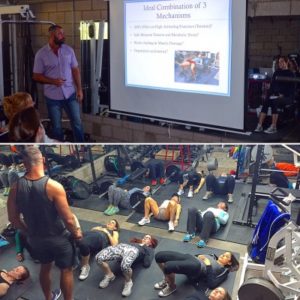
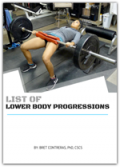
Nice post Bret. This is a very interesting way to learn to do pistols. The timing of this post for me is cool because I have spent the last couple week working on pistols myself. I did not read any advice on performing them so I actually went about it completely differently, working from the top down and doing them to a progressively shorter box until I could do a full pistol. I guess there are many ways to skin a cat, but I think the method Franz shows here is actually better and would be easier to teach to others. I also never thought about my breathing so that was a cool tip as well.
Glad you like it Ben. By the way your blogs kick ass and you’re a strong son of a bitch! Keep up the good work my friend.
Thanks Bret I appreciate that
Brett, thanks for sharing the videos!!! Super cool bro!
Glad to hear your client did pistol in 10 minutes after watching the video. That’s incredible!
Hope they help many more people!!
Franz
Your videos rock Franz! Keep up the great work.
Wow. These are incredibly helpful! I am off to apply what i just learned right NOW! 🙂
Glad to be of help Allie! This is a good system; Franz makes videos, I link them up, and then I get the glory!
Im more suprised that Keats has a twin brother! I guess it happens to the best of’em 🙂
Haha! I concur Sam. Great to hear from you big guy.
Could always do pistols rather easily but the toes tips definitely was an a-ha moment.
Aha!
Thanks for the videos, I have been doing pistols band assisted or holding on to a pulldown bar. I will try out these techniques soon.
Does he have videos for learning pull ups too?
Oops, sorry for asking.
http://www.youtube.com/watch?v=1QZlxQqXgZU&feature=related
It seems you answered your own question! Franz to the rescue.
On the topic of progressions, how would your exercises be modified in the last 1-2 months of the season. Ive always kept the same cycle of exercises but never completly sure how many reps and sets to drop in order to peak for major track meets. My understanding is that on one hand you need to maintain strength/power levels all through the season but you also need to stay sharp :$
Paul, this is up for debate and different coaches have opposing opinions. However, I believe that one should continue training heavy with the same exercises just taper down the number of sets.
Man this picture of the girl at the bottom is amazing. Her back has no rounding what so ever and the her foot is perfectly straight. That is one flexible and strong girl.
Alex, that’s Zuzana from Bodyrock.
Hi there Bret,
This is my first time posting a comment on your site, I just discovered it a few weeks ago, and I am pretty blown away by your content! Great work, and phenomenal amounts of research that goes in to your posts.
I actually wanted to comment about Franz Snideman’s videos on improving pull ups, so I’m sorry if this goes offtrack a bit. Franz talked about executing a handstand chin up to “load” the lats, and then attempt the chin up. Very interesting effect! It got me thinking, and I happen to have just read an old paper on muscular contractile properties and neural control that may elucidate what’s going on there (Bigland-Ritchie and Woods, 1984). First though, since those videos were recorded a year ago, Franz did you answer your own question as to why the handstand push up works so well? If so, I’d love to hear! If not, well, here’s my developing theory:
The Hz (frequency) required to generate maximum contractile force is proportional to contractile speed. When muscle fatigues, contractile speed increases (not in the contraction phase, but in the relaxation phase of the twitch). So, after fatigue, the degree of summation in muscle twitches at sub-tetanic rates is greater than in a non-fatigued muscle. You need less frequent firing to reach the maximal contractile force. So, put in perspective of the exercise Franz suggested, the handstand push up (HSPU) creates the first MVC (maximal voluntary contraction), which slightly fatigues the muscle. So the next contractile phase during the chin ups requires less motor neuron input to elicit the same contractile force- and possibly, that means that if the same frequency of neural firing was carried over to the chin up from the HSPU, then you’re potentially activating more motor units! Again, sorry to hijack the comments, hopefully what I said makes sense, but if it’s too outdated or wrong, I’d definitely appreciate the feedback. Cheers!
SLS – please don’t take mushrooms before you post on my blog. 🙂 Just kidding man! Good theory my friend.
Squats & deadlifts have evolved so much over the years with all the variations, so i believe the quadruped hip extension/hip thrust, reverse hyper, back ext e.t.c will in time, follow suit.
I am not suggesting a more proficient way of doing these exercises i am just throwing something out there based on what most people have available at their gyms. I recently tried performing quadruped hip extensions off a leg extension machine as this is the only pendulum type machine in most gyms, i can see 2 energy leaks in comparison to the hyper machine way. 1) the rotating cushion, 2) inadequate space to fit your right leg underneath as the seat gets in the way. My temporary solution to number 2 is go in at an angle. The reverse hyper can be mimicked off a cable machine + bench + step. My question is, what sort of glute/ham activation would come out of performing these exercises this way? Personally, it feels like more than 100% when i do them.
Paul Graham
Paul, if it feels right, feels athletic, and works the posterior chain well, then keep doing it! One thing I like about the bridge variations is that they can be done anywhere. The quadruped movements are tricky if you don’t have a reverse hyper or a comfortable machine.